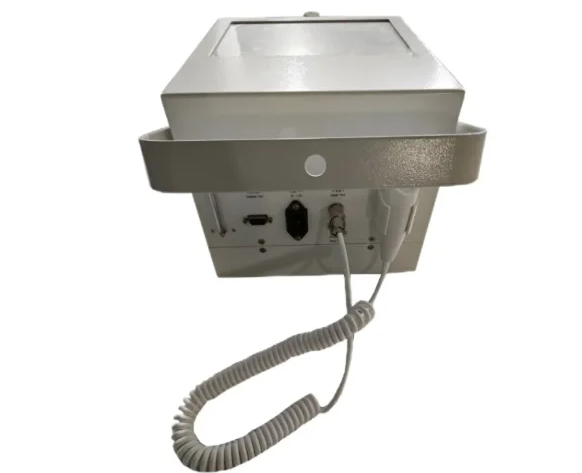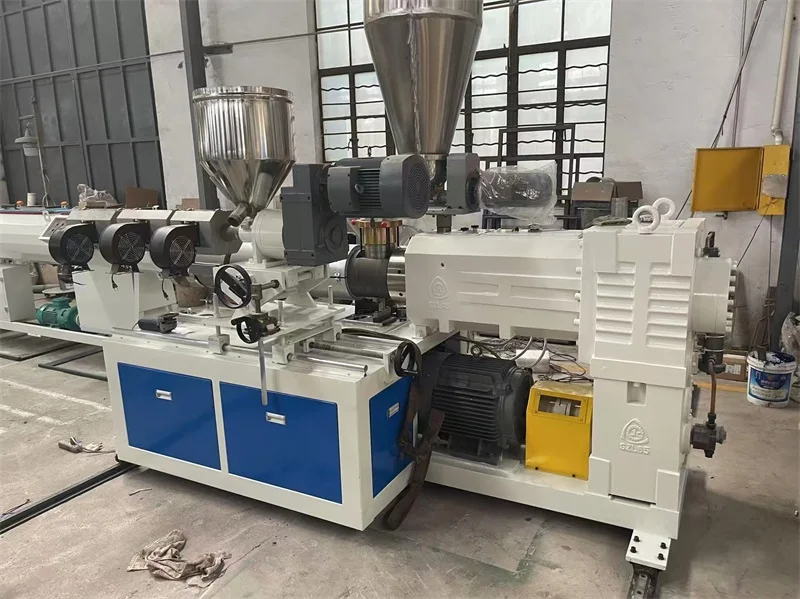In today's rapidly evolving industrial landscape, assembly processes play a pivotal role in manufacturing operations. Two primary methods, manual assembly and automated assembly, have emerged as key approaches to streamline production. Understanding the differences between these two methods is crucial for businesses aiming to optimize their assembly processes. This article delves into the intricacies of manual assembly and automated assembly, highlighting their disparities, advantages, and potential applications.
- Definition and Overview:
Manual assembly refers to the process of assembling products using human labor, where skilled workers perform tasks such as fitting, fastening, and connecting components. On the other hand, automated assembly involves the utilization of machinery, robotics, and computer-controlled systems to perform assembly tasks with minimal human intervention. - Efficiency and Speed:
Automated assembly systems excel in terms of efficiency and speed. These systems can perform repetitive tasks with consistent precision and at a significantly higher rate than manual assembly. By eliminating human error and fatigue, automated assembly minimizes production time, increases output, and enhances overall productivity. - Flexibility and Adaptability:
Manual assembly offers greater flexibility and adaptability compared to automated assembly. Skilled workers possess the ability to quickly adapt to changes in product design or assembly requirements. They can handle complex assembly tasks that may be challenging for automated systems, making manual assembly ideal for small-scale production or customized products. - Cost Considerations:
While automated assembly systems require substantial initial investment, they offer long-term cost advantages. Once implemented, these systems can operate continuously, reducing labor costs and minimizing the risk of human errors. Manual assembly, although relatively cost-effective initially, may incur higher expenses due to labor-intensive processes and potential rework caused by human errors. - Quality Control:
Automated assembly systems provide superior quality control due to their precise and consistent operation. These systems can detect defects, measure tolerances, and perform quality checks throughout the assembly process. Manual assembly heavily relies on the skills and attention of workers, making it more susceptible to human errors and variations in quality. - Safety and Ergonomics:
Automated assembly systems enhance workplace safety by reducing the exposure of workers to hazardous materials, repetitive motions, and strenuous tasks. Conversely, manual assembly may pose risks such as injuries, strains, and ergonomic issues due to the physical demands of the job. Proper ergonomics and safety measures are crucial in manual assembly to ensure worker well-being. - Application Scenarios:
Automated assembly finds its strength in high-volume production lines, where speed, precision, and consistency are paramount. Industries such as automotive, electronics, and pharmaceuticals extensively utilize automated assembly systems. Manual assembly, on the other hand, thrives in low-volume production, prototyping, and industries requiring customization, such as aerospace and artisanal crafts.
Conclusion:
In conclusion, the distinction between manual assembly and automated assembly lies in efficiency, flexibility, cost considerations, quality control, safety, and application scenarios. While automated assembly excels in high-volume production, speed, and precision, manual assembly offers adaptability, customization, and a human touch. Businesses must carefully evaluate their production requirements, product complexity, and cost constraints to determine the most suitable assembly method. By leveraging the strengths of each approach, manufacturers can optimize their assembly processes and achieve enhanced productivity and quality.



